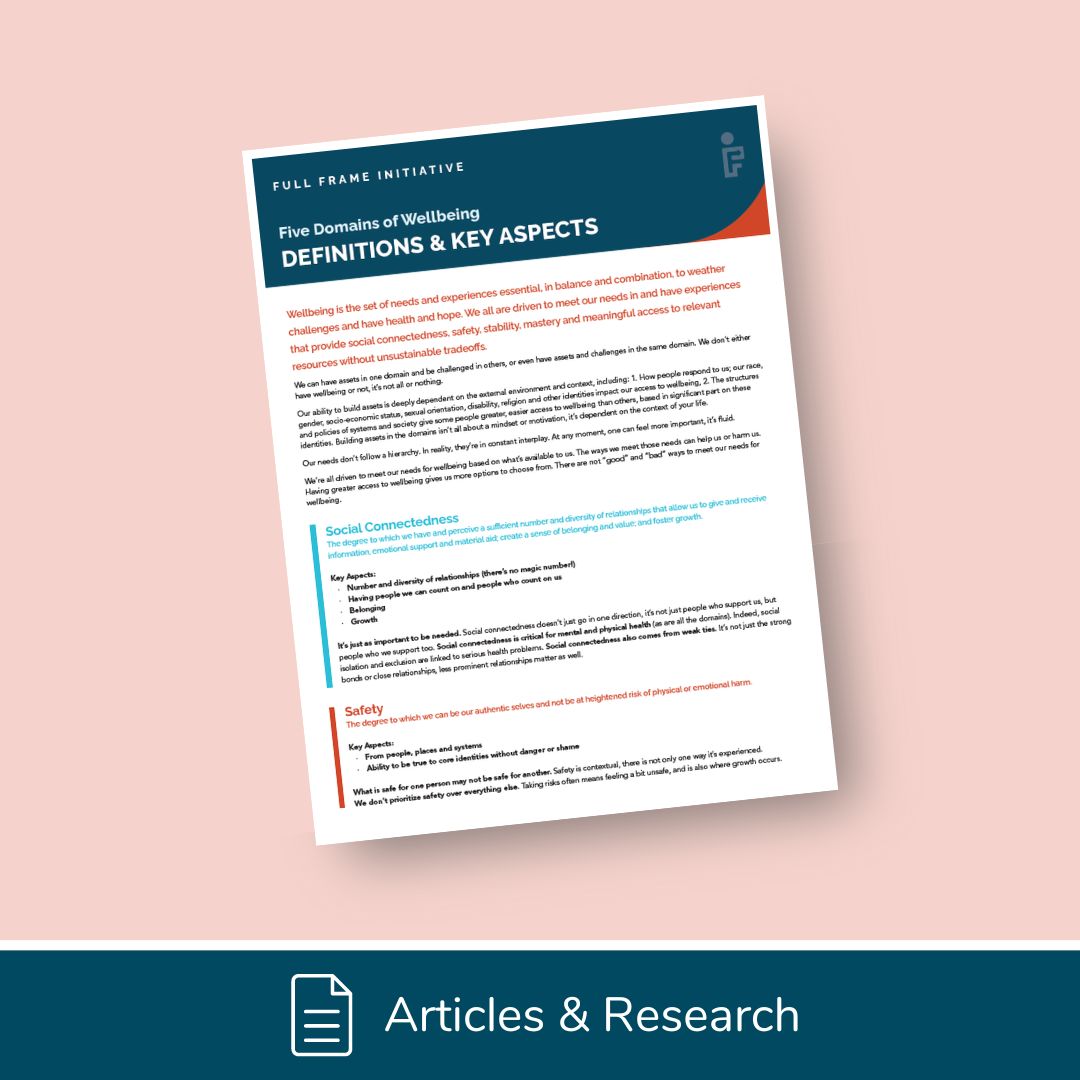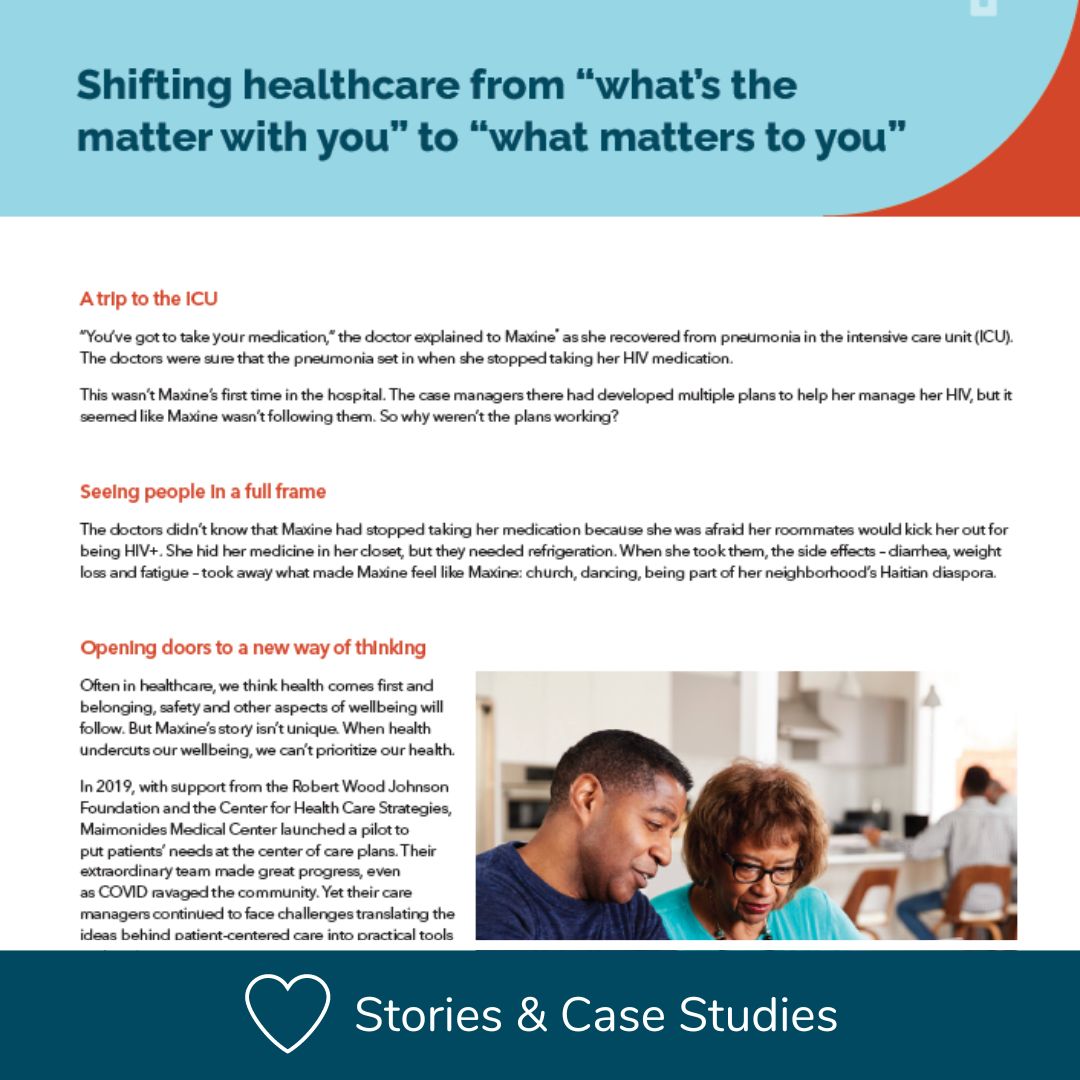What does this look like in practice?
 There are 324 elder abuse multidisciplinary teams (MDTs) nationally which are designed to support investigations of complex cases of elder abuse and neglect. MDTs are created with the primary goal to increase safety of older adult victims of abuse, by improving collaboration among the agencies who address various aspects of elder abuse.
There are 324 elder abuse multidisciplinary teams (MDTs) nationally which are designed to support investigations of complex cases of elder abuse and neglect. MDTs are created with the primary goal to increase safety of older adult victims of abuse, by improving collaboration among the agencies who address various aspects of elder abuse.
While MDTs aspire to help victims of elder abuse, the victims, their family and caregivers are typically not included in case discussions. Understanding what older adults and their families want is assumed to be the responsibility of the agency bringing the case to the MDT for review. However, there has been no agreed upon way of incorporating these perspectives, so it is unclear if this is occurring systematically, or to the extent possible. USC’s Keck School of Medicine is exploring the potential to change this by utilizing a person-centered approach that centers the wellbeing of elders.
By tapping into older adults’ inherent drive for wellbeing, USC’s Keck School of Medicine’s work is rooted in Wellbeing Design Principle 1. Service providers focus on improving safety from continued abuse, and in cases of extreme risk and apparent cognitive impairment, may think they know what is best for their clients facing elder abuse. This may result in recommendations such as pursuing criminal justice solutions or, when a higher level of care is needed, removing the older adult from their home. The shift to a person-centered, wellbeing-oriented approach recognizes that it is elders and their caregivers who know the tradeoffs involved with moving out of what may be perceived as an abusive situation and whether those tradeoffs are worth it for the older adult in question. Evaluating tradeoffs and using a lens that centers the older adults’ wellbeing prompts service providers to look beyond individual actions or choices (which often come with unsustainable tradeoffs) in order to examine how they can remove systemic barriers to equitable access to wellbeing. Click here to learn more.

 There are 324 elder abuse multidisciplinary teams (MDTs) nationally which are designed to support investigations of complex cases of elder abuse and neglect. MDTs are created with the primary goal to increase safety of older adult victims of abuse, by improving collaboration among the agencies who address various aspects of elder abuse.
There are 324 elder abuse multidisciplinary teams (MDTs) nationally which are designed to support investigations of complex cases of elder abuse and neglect. MDTs are created with the primary goal to increase safety of older adult victims of abuse, by improving collaboration among the agencies who address various aspects of elder abuse.

